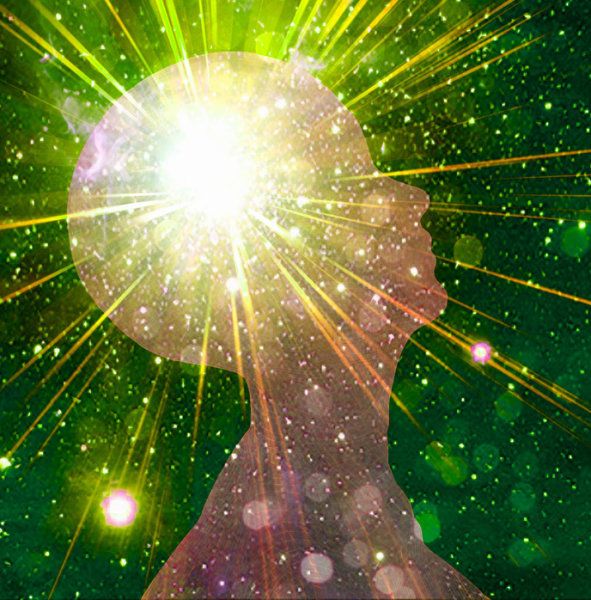EPFL scientists propose a new way of understanding of how the brain processes unconscious information into our consciousness. According to the model, consciousness arises only in time intervals of up to 400 milliseconds, with gaps of unconsciousness in between.
The driver ahead suddenly stops, and you find yourself stomping on your breaks before you even realize what is going on. We would call this a reflex, but the underlying reality is much more complex, forming a debate that goes back centuries: Is consciousness a constant, uninterrupted stream or a series of discrete bits — like the 24 frames-per-second of a movie reel? Scientists from EPFL and the universities of Ulm and Zurich, now put forward a new model of how the brain processes unconscious information, suggesting that consciousness arises only in intervals up to 400 milliseconds, with no consciousness in between. The work is published in PLOS Biology.
Continuous or discrete?
Consciousness seems to work as continuous stream: one image or sound or smell or touch smoothly follows the other, providing us with a continuous image of the world around us. As far as we are concerned, it seems that sensory information is continuously translated into conscious perception: we see objects move smoothly, we hear sounds continuously, and we smell and feel without interruption. However, another school of thought argues that our brain collects sensory information only at discrete time-points, like a camera taking snapshots. Even though there is a growing body of evidence against “continuous” consciousness, it also looks like that the “discrete” theory of snapshots is too simple to be true.

I guess that is also a good explanation of the “deja vu” phenomenon.